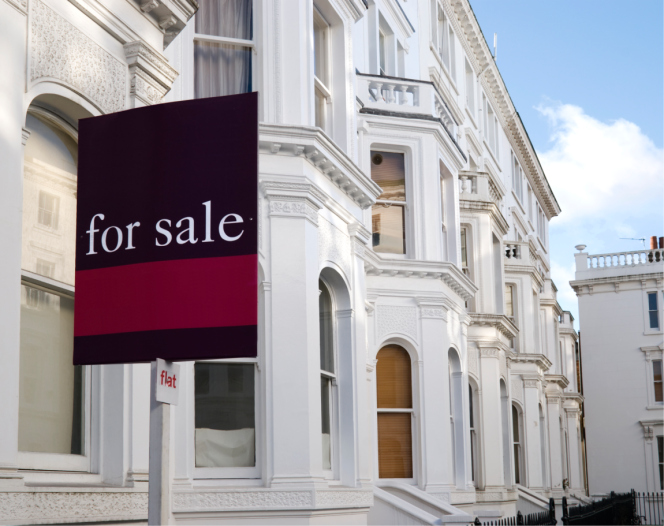Home affordability for Second Steppers – those home owners still living in their first home but looking to take their next step up the property ladder – has improved in the past year as a result of higher equity levels, according to the latest Lloyds TSB Homemovers Review.
 The review found the following:
The review found the following:
- Housing affordability for Second Steppers – calculated as the average price of a typical Second Stepper home, less their current equity position– stood at 4.4 times gross annual average earnings in June 2013 compared with a ratio of 4.9 in June 2012.
- A typical Second Stepper’s current equity position accounts for 13 per cent (£21,200) of the price of an average Second Stepper home, a rise from 1 per cent in 2012.
- Although the position has improved for those looking to put down a deposit on a new home, for some potential second home movers this may still not be sufficient to put towards a deposit when also taking the cost of moving into account.
- There were around 149,000 homemover mortgages in the first half of 2013, marginally (2 per cent) lower than a year earlier – low consumer confidence and a fragile economy impacted transactions in the early part of 2013. This is in sharp contrast to the 19 per cent increase in first-time buyers.
- The average homemover deposit in 2013 is £70,540 and the average age of a homemover is 40.
Nitesh Patel, housing economist at Lloyds TSB, commented: “Housing affordability for the typical Second Stepper has improved in the past year. Nonetheless, there are many potential Second Steppers who are still in their first home which they bought in the run-up to, and at, the peak in house prices in 2007. Many of these homeowners may still be unable to move due to having either very low, or negative, equity in their homes.
“The lack of equity for many homeowners in their existing home largely explains why the number of homemovers in the first six months of 2013 was broadly unchanged compared with a year earlier in sharp contrast to the number of first-time buyers growing by close to 20 per cent over the period.”
Additional Key findings;
House Prices
- Since 2008, the average price paid by a homemover has fallen by 10% from £235,078 to £212,586 in 2013. Nationally, homemover property prices grew by 3% in the past year. (See Table 3)
Deposits and Advances
- The average deposit put down by a homemover in 2013 was £70,540. This is just 6 per cent higher than a decade earlier in 2003 when homemovers were typically putting down £66,812 towards their next home.
- Not surprisingly homemovers in the capital put down the largest average deposit – £126,528 – 34 per cent of the average property value. This is close to three and half times the average deposit put down by homemovers in Northern Ireland (£36,912 – the lowest)
- The average mortgage advance for a new homemover is £142,046; a quarter higher than a decade ago (£101,472). (See Table 4)
Age
- The average age of a homemover is 40 years old. This is three years older than a decade ago (37 in 2002). Most of the increase in buyer age has occurred since 2007. (Source: CML)
Mortgage affordability improves for homemovers
- Typical mortgage payments for a homemover (i.e. those already in the housing market) – stood at 31 per cent average gross disposable earnings in Q2 2013. This has come down sharply from an all time peak of 52 per cent in 2007. This improvement has been due to a reduction in both mortgage rates and house prices.




